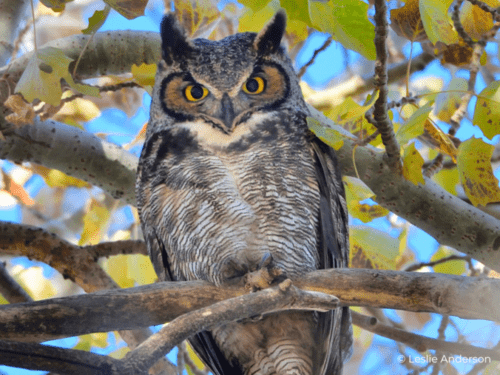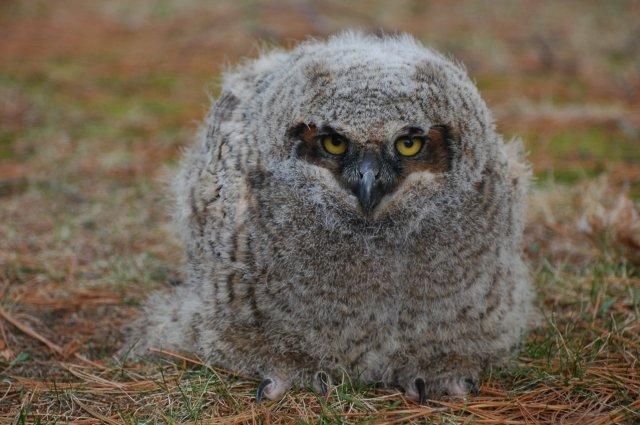
The Great Horned Owl, also known as the Tiger Owl, is one of the most widespread owls in the Americas, known for its powerful build and distinctive feathered tufts. The Great Horned Owl is a nocturnal predator that has adapted to various environments, from dense forests to deserts, using its keen eyesight and hearing to hunt effectively.
These owls are famous for their striking yellow eyes and impressive wingspan, which can reach nearly five feet. Their soft feathers enable silent flight, which is crucial for their hunting style, as they attempt to ambush prey. As skilled hunters, they target animals like rodents, birds, and occasionally larger creatures like rabbits.
Great Horned Owls communicate through a series of hoots, commonly heard in the late evening and early morning. They are very territorial and will defend their nesting areas fiercely. Due to their adaptability, they thrive in various climates and habitats across the Americas.
Breeding season for Great Horned Owls begins in late winter, with pairs often reusing abandoned nests of other large birds. Both parents take part in raising the young, which develop rapidly. By summer, juvenile owls learn to hunt and fend for themselves in preparation for independence.
Learn more about the Great Horned Owl's call and behavior.

